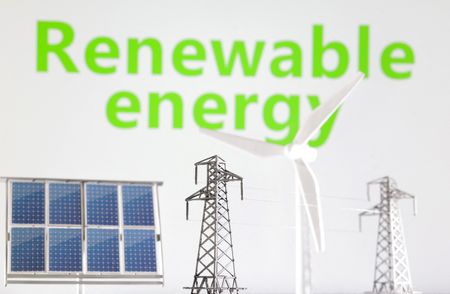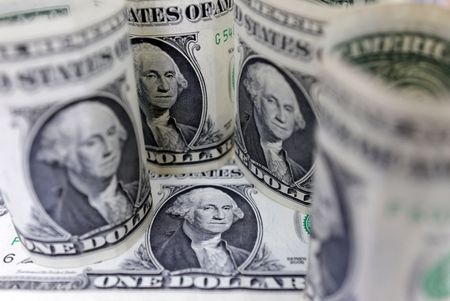By Anna Hirtenstein
LONDON (Reuters) -Oil prices were little changed on Friday, heading for a modest weekly gain as easing U.S.-China trade tensions were somewhat offset by higher supply expectations from Iran and OPEC+.
Brent crude futures were up 5 cents, or 0.1%, at $64.58 per barrel at 0953 GMT, while U.S. West Texas Intermediate crude futures rose 2 cents to $61.64.
Both contracts fell more than 2% in the previous session on the prospect of an Iranian nuclear deal, which could result in more barrels being released onto the global market.
“The oil market is struggling to rise further, as the feel-good effect of the U.S.-China trade detente fades,” said Harry Tchiliguirian, group head of research at Onyx Capital Group.
“OPEC+ accelerates the unwinding of its voluntary supply cuts and the U.S.-Iran nuclear talks are still ongoing, keeping the barrels of the latter still flowing to China.”
U.S. President Donald Trump said the U.S. was nearing a nuclear deal with Iran, with Tehran “sort of” agreeing to its terms. However, a source familiar with the talks said there were still issues to resolve.
ING analysts wrote in a note that a nuclear deal lifting sanctions would allow Iran to increase oil output, resulting in additional supply of around 400,000 barrels per day.
Despite the potential supply pressure, both Brent and WTI are up so far this week, gaining around 1%.
Sentiment got a boost after the U.S. and China, the world’s two biggest oil consumers and economies, agreed to a 90-day pause on their trade war during which both sides would sharply lower trade duties.
The hefty reciprocal Sino-U.S. tariffs had raised fears of a sharp blow to global growth and oil demand.
Analysts at BMI, a unit of Fitch Solutions, said in a research report however that “while the 90-day cooling off period leaves the door open for additional progress on lowering trade barriers on both sides, the uncertainty on longer-term trade policy will limit price upside.”
Adding to market concerns was an expected surplus.
The International Energy Agency on Thursday hiked its 2025 global supply growth forecast by 380,000 bpd and projected a surplus for next year, despite a minor upward revision of its 2025 global oil demand forecast by 20,000 bpd.
Investors were also watching for signs of interest rate cuts by the U.S. Federal Reserve, which could bolster the economy and oil demand.
(Reporting by Anna Hirtenstein in London. Additional reporting by Colleen Howe in Beijing and Siyi Liu in Singapore. Editing by Rachna Uppal, Mark Potter and Jan Harvey)










